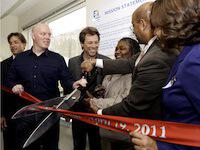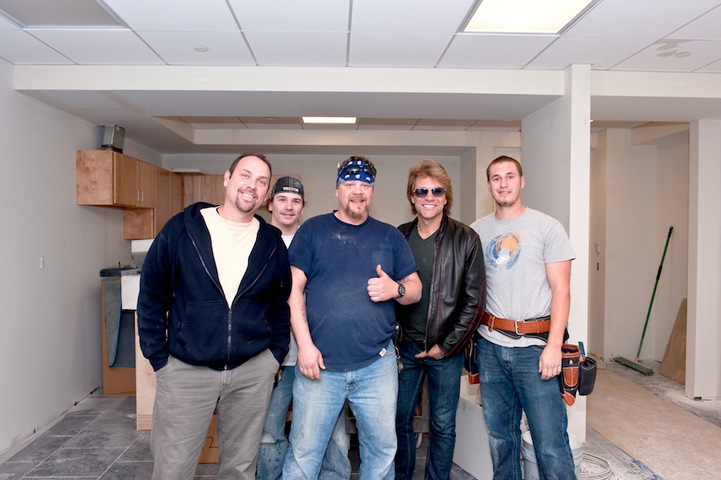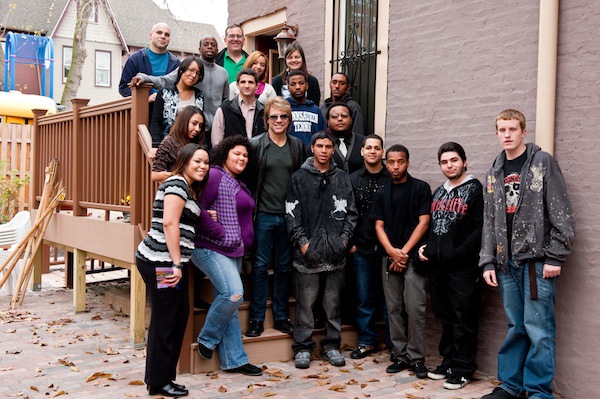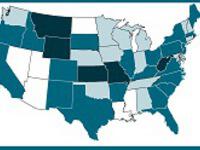PHILADELPHIA – Formerly homeless youth will take part in a special ribbon cutting ceremony today at their new Covenant House Rights of Passage apartments in the Kensington section of Philadelphia.
“The Rights of Passage Program not only provides a safe place for homeless youth, but also provides skills and experiences needed to become independent and responsible adults,” said Mayor Michael Nutter. “The city is proud to be part of such an important and unique program.”
The Covenant House Rights of Passage program is based on the simple belief that all children have the right to pass into adulthood without being abused and homeless. The new housing development consists of 10 two-bedroom units, and includes outdoor recreational space, a lounge and computer lab, laundry facilities, and offices for program support staff. It will provide temporary housing for 20 homeless youths under the age of 21.
“Today is a celebration of the lives of the young people who will call this home,” said Jon Bon Jovi. “It’s a victory over the issues that forced them into homelessness and economic despair. Through the funding and creation of programs and partnerships like this, we can all support innovative community efforts to break the cycle of poverty and homelessness.”
The Rights of Passage apartments in Kensington are a direct response to the growing need for transitional housing for young adults in Philadelphia. Covenant House alone serves more than 500 young people every year through its Crisis Shelter, with limited resources for transitioning them to independence. This expanded Rights of Passage program is the final piece of Covenant House’s continuum of care that provides youth with both the joy of independence and the stability of a safety net.
“This is a dream come true for our kids, a chance to have a place to live and work and grow and build new futures for themselves after a tough start in life,” said Covenant House President Kevin Ryan. “We are here today because of the amazing support we have received from Jon Bon Jovi and his JBJ Soul Foundation, from Mayor Nutter and his staff, from our friends at the Connelly Foundation, the Horn Charitable Trust, and from thousands of private citizens who believe in our kids. In the midst of such difficult economic times, today is a great example of what we can accomplish together.”
Since 1999 Covenant House has been providing faith-based services to children suffering on the street. The Rights of Passage Program requires all residents to be employed for a minimum of 30 hours per week, participate in life skills classes, attend to daily chores, complete three or more hours of community service each month, and pay rent. Aftercare is also provided to graduates of the program.
“We are so excited to finally cut the ribbon and open these apartments for our kids,” said Cordella Hill, Executive Director of Covenant House Pennsylvania. “What started as a dream eight years ago is finally becoming a reality. This is a truly monumental day for homeless youth in Philadelphia.”
Funding for this project includes $400,000 from the City of Philadelphia Housing Trust Fund; $600,000 in Community Development Block Grant funds made available by the American Recovery and Reinvestment Act and distributed by the Office of Housing and Community Development, as well as large grants from Federal Home Loan Bank of Pittsburgh, Federal Home Loan Bank of New York, The Connelly Foundation, the David A. and Helen P. Horn Charitable Trust, the Jon Bon Jovi Soul Foundation and over $500,000 from individual supporters of Covenant House.
For more information on Covenant House Pennsylvania, please visit their Website










